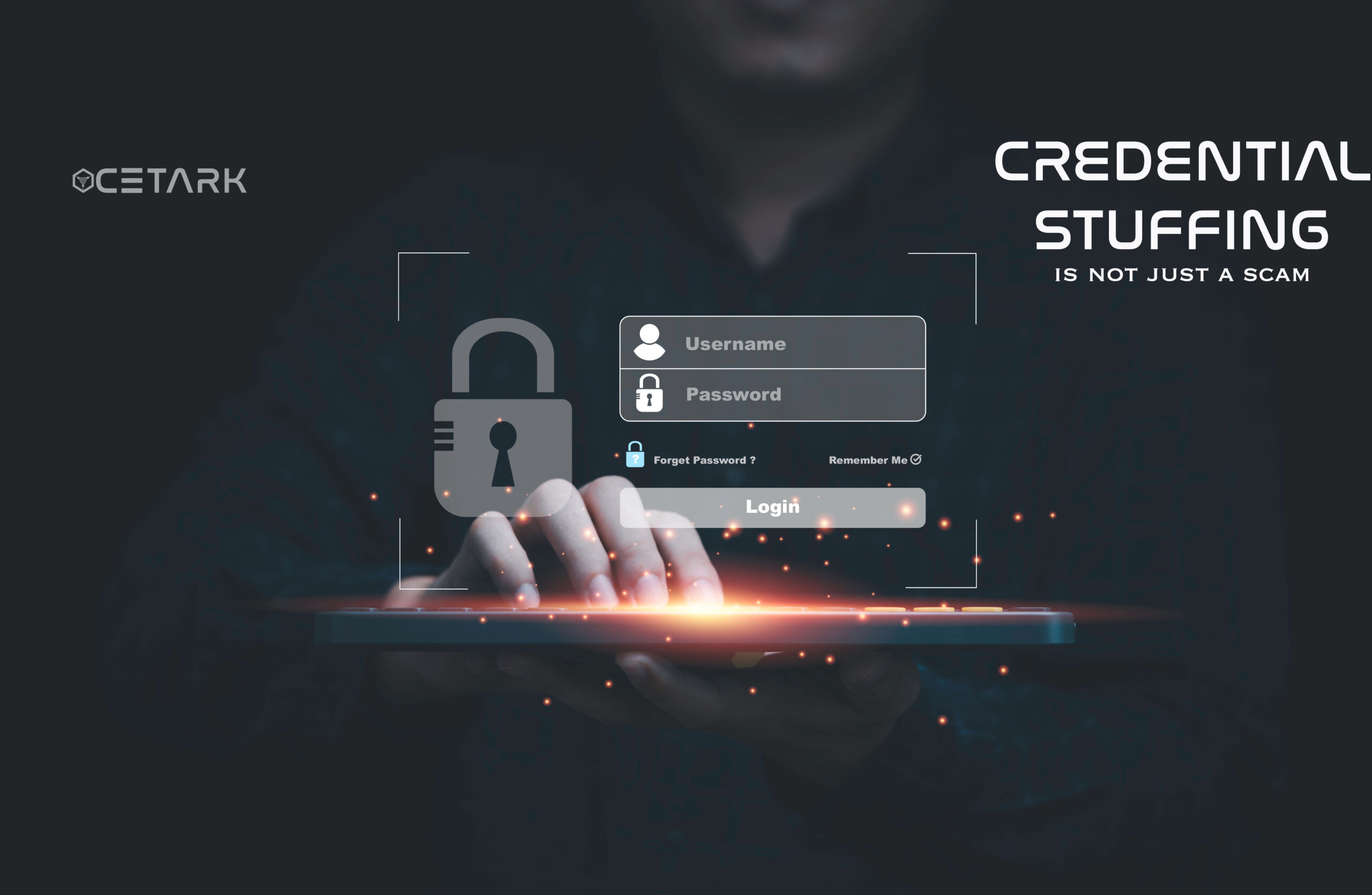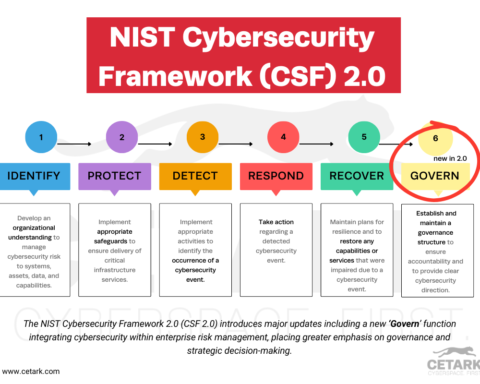Credential stuffing is not just a scam. It’s a serious security threat that can have devastating consequences. Here’s what you need to know about credential stuffing and how to protect yourself.
In recent years, credential stuffing has become a significant security threat. This attack occurs when hackers use stolen credentials to access people’s accounts. Once they have unauthorized access, they can use those accounts to spread malware or ransomware. Sometimes, they may even sell the stolen credentials to Initial Access Brokers. As a result, credential stuffing is not just a scam; it can have severe consequences for individuals and businesses.
Hacking is a serious issue that can have significant consequences for both the victim and the hacker. Credential stuffing, also known as “cashing in on credentials,” involves stealing user data from another person using their login information without permission—credential mining or password cracking. Over recent years thousands of logins were harvested online leading up until they’re being used by hackers who create deep economies using everything ranging from phishing sites where users are tricked into giving away personal details such as email account names etc., spam messages containing malware attachments threatening legal action if we don’t pay money right now!!! All this to say, credential stuffing is a huge problem.
Why do hackers use credential stuffing?
A hacker who hacks credentials gets into the account by gaining a password. Accounts taken over are fraudulent accounts. Once hackers access a person’s accounts, they can monetize compromised accounts by stealing credit cards, personally identifiable information, and other information they can use to steal identities. The most profitable way to take over a bank account is by fraud.
Credential Stuffing Attacks versus Brute Force Attacks
While a brute force attack targets one user at a time, credential stuffing attacks try to log in to as many accounts as possible with the same set of credentials. The goal is not to crack the password but to see if the username and password combination exists on other sites. If it does, the attacker can try that same combination on other sites until they find one that works.
This is a significant problem because it only takes one weak password to give an attacker access to all of your online accounts. And, if you use the same password on multiple sites, a single data breach can lead to your credentials being compromised on all of those sites.
To make matters worse, many people use the same email address and password for all their online accounts. So, if an attacker gets their hands on your email address and password, they can easily log into your social media accounts, online banking account, and more.
Costs of Credential Stuffing Attacks
Over the last several years, millions of login credentials have been exposed due to data breaches.
According to IBM’s Cost of Data Breach Report 2022, stolen or compromised credentials were the study’s most common initial attack vector, responsible for 19% of breaches and costing an average of USD 4.50 million.
327 days is the longest mean time to identify and contain a breach due to stolen or compromised credentials.
How do credential stuffing and credential cracking attacks work?
The reliance on password reuse and weak passwords are typically employed to access user accounts. Because 81% of individuals use the same password for many different websites, a malicious attacker could quickly locate the correct password combination. Below are some examples of the typical credential stuffing attack. Instead, they promptly scan a password pattern, dictionary if needed, and enter a user account.
Credential stuffing attacks are frauds in which attackers submit malicious scripts filled with false credentials and stolen credit card information to online service providers.
Credential cracking is the reverse, meaning criminals and hackers are just the legitimate credential information, often with different IDs, based on brute-force hacks to obtain the information.
Both of these attacks affect companies in a variety of ways. For example, credential stuffing could make a company’s website or mobile application vulnerable by filling suspicious login forms with fake credential data (which may also be associated with other cases of fraud or hacking). Further, suppose authentication tokens are entered through a compromised account management portal for an organization’s legitimate site or mobile app. Network credentials can be stolen in that case – on-device encryption is not used.
How do I prevent credential stuffing Attacks?
Most people know that reused passwords can cause harm to your computer and that you use a password for several sites because it requires about 100 of them. Password managers are an excellent choice to prevent credential stuffing, but adoption is relatively weak. It is therefore up to organizations to stop hackers from using compromised credentials. Here you can see the various ways to accomplish this goal.
Organizations can protect themselves against credential stuffing in several ways:
Use unique usernames and passwords across numerous websites or applications.
Do not use easily guessed words like “password” or easily accessible personal information like birthdays.
Create long, complex passwords that include a mix of letters, numbers, and special characters.
Enable multi-factor authentication MFA.
Multi-factor authentication (or two-step verification) is an additional layer of security that requires a password and username and something the user has on hand, like a phone.
When two-factor authentication is turned on, anyone trying to log in will need your password and access to your phone or another device.
Monitor login activity and look for suspicious behavior, like multiple failed login attempts or logins from unknown locations.
If you notice anything unusual, change your password immediately and contact your IT department or security team.
How to detect credential stuffing attacks?
The following indicators can assist in determining whether a credential stuffing attack is effective. Below are some fundamental indicators of the crack in the credentials. Nevertheless, these don’t suffice. Using the best tools to protect yourself from credential stuffed or password-crap attacks is essential.
-A high number of failed login attempts from a single IP address
-Multiple failed login attempts from different IP addresses in a short period
-Sudden spikes in traffic or activity on your website or app
-Unexpected increases in customer service calls or tickets
-Strange behavior, like logins from strange locations or devices
If you notice any of these indicators, taking action immediately is essential. Change your password and enable two-factor authentication if possible. Then, contact your IT department or security team to investigate the issue further.
Conclusion paragraph:
Credential stuffing is a real and growing problem. It’s not just a scam, it’s a criminal act that can do serious damage to your online presence and business. Protect yourself by using two-factor authentication, strong passwords, and being aware of the signs of credential stuffing attacks. Educate your employees about these threats, too, so they can be on the lookout for any suspicious activity. Together we can fight back against this type of attack and protect our businesses and customers. Have you been impacted by credential stuffing?







